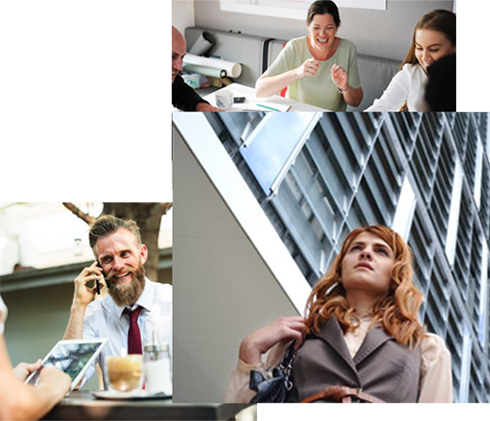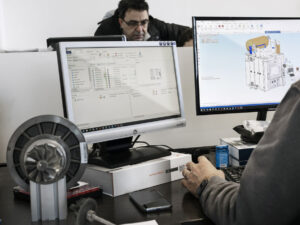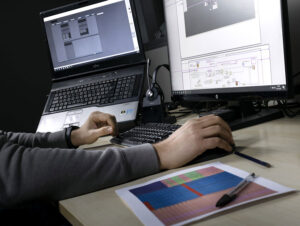
Industrial designers, the key to Business success
Industrial designers are involved in the design and development process of a wide range of manufactured products, including electronical devices, home appliances, medical equipment, and cars. They take into consideration ergonomics, aesthetics, and market demands. To create and develop innovative, functional products designers combine artistic and engineering skills, including business skills which are crucial to address market trends. They work with project managers, design strategists, Design researchers, as well as mechanical engineers. Their approach is multidisciplinary to perform several tasks to meet customer’s requirements. During the ideation phase designers sketch, render, model, create prototypes, and test the best solutions to address user needs. Since Dynamic, fast-paced, approach is of vital importance to make successful products, the creative process turns out to be decisive, and quite exciting.
Industrial designers, some essential soft skills
In order to create functional, visually appealing items, Industrial designers’ technical expertise is crucial in developing products. Industrial designers have always focused on both creativity and business to turn their ideas into marketable products. Duties and responsibilities of industrial designers include technical skills, that revolve around 3D software renders to display how specific products should look. Industrial designers have mastered specific, popular software skills such as Autocad, Tinker cad, open source programs, FreeCADdesign. However, they should exhibit soft skills which involve
- Creativity and innovation
- Research and collaboration
- Attention to detail
- Market savviness
- Great interpersonal skills and Interaction in manifacturing environments
- Balancing creativity with business requirements

Putting customers at the heart
In the final stages of the manufacturing process, mechanical engineers and branding strategists help industrial designers carry out specific tasks. Thanks to high-quality design they aim at creating high quality products that may improve marketing quality standards. To be effective, innovative ideas must meet user expectations, so industrial designers engage in user research even to generate new ideas. This research encompasses key moments such as
- on site testing to evaluate users’ interaction with a product
- visiting facilities, factories, plants to gain insight into production process
- interviewing customers for future assessment or to communicate decisions.
In order to get timely feedback, industrial designers create prototypes and render 3D models for making adjustments.
A flexible, yet demanding job
In addition to prototypes, design development requires detailed technical documentation in order to provide instructions that may serve as guidelines for any purpose. Industrial design encompasses many fields and while working for manufacturing companies professional designers have access to workshops, labs, or facilites to carry out advanced tests. Regardless of the industry, designers need to be flexible and stay updated with the latest design trends and processes. Considering automotive designers, they will specialize in the development of vehicles, paying attention to aerodynamics, aestethics, safety features. Thanks to frequent brainstorming sessions with business partners, industrial designers may focus on multiple projects simultaneously, constantly generating and refining initial concepts.

Industrial designers and some unprecedented challenges
A cooperative workplace means multidisciplinary approach, a fruiful collaboration between professionals from engineering, marketing, and manufacturing. Then, designers find often employment within companies promoting cross-functional teams. Howvever, they may also work as freelancers at home office, in rent shared workplaces, using digital tools remotely to present customers his/her ideas. The profession requires academic education programs which can help them acquire a new vision in order to make the difference. The industrial design is evolving rapidly, shifting to keep pace with technology, as well as new cultural, socioeconomic trends. Due to specific needs such as sustainability, designers are expected to face with unprecedented challenges, unknown to professionals working a few decades ago. In order to meet the needs of a more competitive market universities and academies promote education within minorities and low income families worldwide that may increase access to professional opportunities.

Get in Touch
You will find yourself working in a true partnership that results in an incredible experience, and an end product that is the best.
Email us
support@gmail.com

